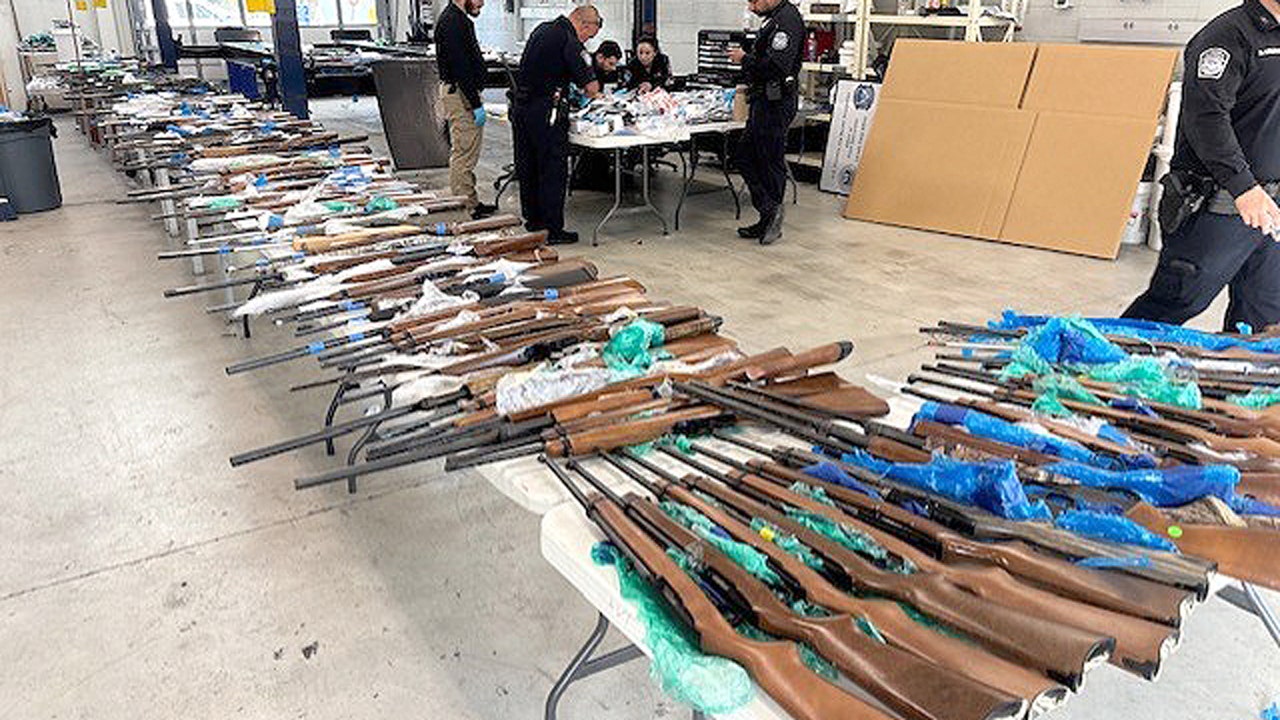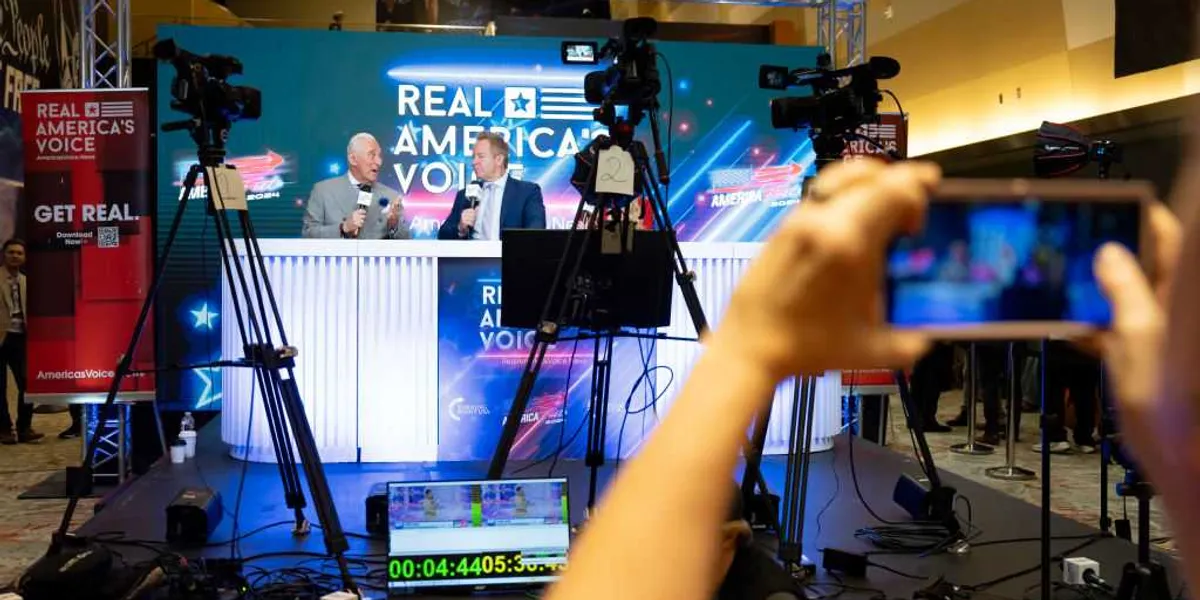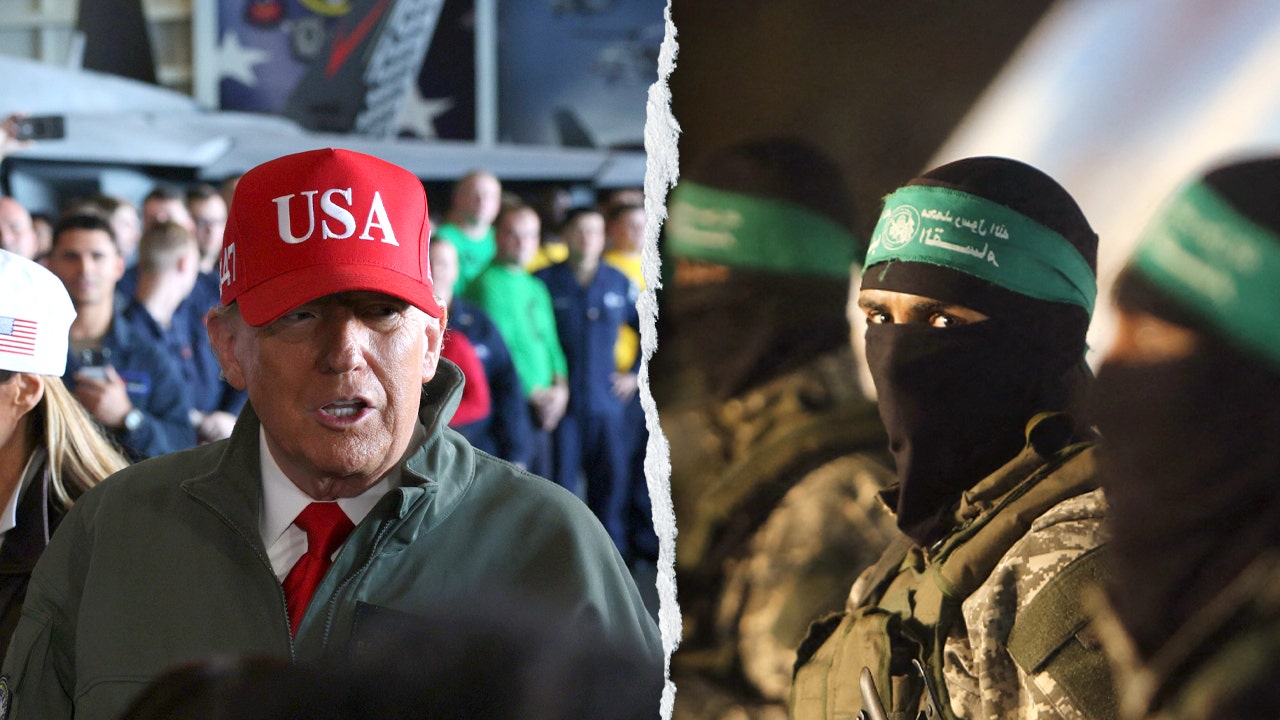So much for our deep friendship with India! Tim Cook might have figured that shifting production lines for iPhones in the American market from China to India would curry favor with the White House. The initial suspension of tariffs on high-tech products like those made by Apple must have appeared that Cook made the right call.
Not so fast:
Looks like Cook guessed wrong. The New York Times suggests that Trump has been “rethinking” his pauses, and also the overall aims of his tariff policies. Their reporters also question the feasibility of rehoming these production lines:
In April, Mr. Trump also agreed to exclude electronics, including iPhones, from the tariffs he had imposed on China. The step could have saved companies like Apple billions of dollars in tariff costs. But the president’s comments Friday morning suggested he might be rethinking that decision.
Apple’s ability to manufacture iPhones, iPads and other devices in the United States faces huge challenges, including access to a labor force skilled in the precise manufacturing process the company uses to build its devices. Some analysts have estimated moving manufacturing to the United States could more than double the consumer price of an iPhone.
In China, Apple and its component suppliers are all clustered together around assembly plants longer than football fields. Thousands of engineers and other employees working for Foxconn and other firms live nearby, often in dormitories. It is an interlinked logistical infrastructure that has been built up over years and would be incredibly difficult, if not impossible, to replicate in the United States.
Set feasibility aside for a moment. It’s been relatively clear that Trump’s overarching trade goal is to return production to the US, not just to move it out of China. However, Trump and his team did leave the distinct impression that the administration’s main short-term goal was to pull as many of America’s supply lines out of China as possible. Cook didn’t get that wrong as much as the White House has moved goalposts around since Liberation Day, in part to quell markets and encourage investors. India was a rational choice in that context.
However, that also undercuts the feasibility argument too. If Apple can relocate to India, they would have to replicate the model indicated by the NYT — or find an entirely different model. It’s tough to imagine getting that kind of model built in India too, where labor isn’t controlled by a communist regime and supplemented heavily by forced labor. In fact, this model sounds a way for the NYT to avoid the forced-labor discussion entirely. If any employer built required dormitories for its workers in the US for its production lines, the NYT would be the first to scream “slavery” over it, and they probably would have a point.
Could Apple build its products in the US using other models? The Wall Street Journal asked some economists, who gave a qualified yes:
The only realistic path to U.S. iPhone assembly is to reconstruct its supply chain by shifting some of its key component manufacturing to the broader North American region, says Gereffi, with some parts made in Mexico and Canada—maybe even Western Europe. If a U.S. assembly operation were to start in the next three to five years, however, it would depend on parts from Asia, too. …
Even if funding were no object—and we’ll get to that—Gereffi estimates it would take three to five years to build out the scale and quality required for us to join hands in a big American manufacturing kumbaya.
Speaking of hands, iPhone assembly in the U.S. would require a dramatically increased number of them—both human and robotic.
It wouldn’t be impossible to buy the manufacturing equipment required, but getting enough people who are able to run it might be, says Tinglong Dai, a business professor at Johns Hopkins University, who studies global supply chains. “We have a severe labor shortage,” he says, “and we’ve lost the art of manufacturing at scale.”
Yes we have … and that’s also part of Trump’s point. In order for us to maintain our position as a global superpower, both militarily and economically, we have to rebuild the capacity to manufacture at scale. If we can’t do that with iPhones, we can’t do it with ships, tanks, and aircraft either. We have to reorient our education to produce scientists and professionals along with skilled tradespeople who can enter the workforce without life-crushing debt levels. We can’t do that while creating economic models that subsidize and benefit outsourced manufacturing; we need capital investment in manufacturing first, followed by the supply for labor that good-paying jobs will create. Robotics is part of that equation, certainly, but we need that same skilled labor force to build and maintain the robots, too.
The problem with the tariff policies isn’t necessarily the tariffs themselves, but the lack of coherence and clarity behind them. Cook and others can’t invest with confidence until they know what the administration wants and what it will do. If Trump wants to rehome all manufacturing supply lines, then he needs a coherent, rational, and reliable tariff policy that incentivizes it. By jumping around and reversing and then reversing the reversals, no one knows how to invest for the near term, let alone for the long term. And if capital can’t figure that out, then nothing happens.
Read the full article here






![DOJ Staff Held “Crying Sessions” After Harmeet Dhillon Took Over [WATCH] DOJ Staff Held “Crying Sessions” After Harmeet Dhillon Took Over [WATCH]](https://www.rvmnews.com/wp-content/uploads/2024/12/2024.12.10-12.50-rvmnews-6758392ab7a88.jpg)

![While Congress Fumbled, This Billionaire Patriot Paid the Troops Out of Pocket [WATCH] While Congress Fumbled, This Billionaire Patriot Paid the Troops Out of Pocket [WATCH]](https://www.lifezette.com/wp-content/uploads/2025/10/2025.10.17-02.00-lifezette-68f24bf8e018a.jpg)


![Aircraft Carrier Strike Group Deployed to the Caribbean to Help Fight Venezuela Cartels [WATCH] Aircraft Carrier Strike Group Deployed to the Caribbean to Help Fight Venezuela Cartels [WATCH]](https://www.lifezette.com/wp-content/uploads/2025/10/2025.10.25-05.15-lifezette-68fd05aea80ba.jpg)
